Growing a Garden: The Top Home Gardening Tricks for Beginners
Enjoy reading the latest DIY articles and saving money?
Receive our latest helpful hints, tricks and savings, directly to your inbox.
Posted May 1, 2020
Are you looking forward to starting your own kitchen garden? Home gardening is one of the much-loved therapeutic activities that you can engage in. Regardless of what you want to grow, gardening is a very good hobby, and watching your flowers, herbs, vegetables, or fruits grow will give you a lot of satisfaction and a sense of achievement.
Gardening will also keep you fit and is a great way of burning off some extra calories. Here are a few tips and tricks for beginners that will help start you off on the right foot.
1. Get The Right Garden Tools and Accessories
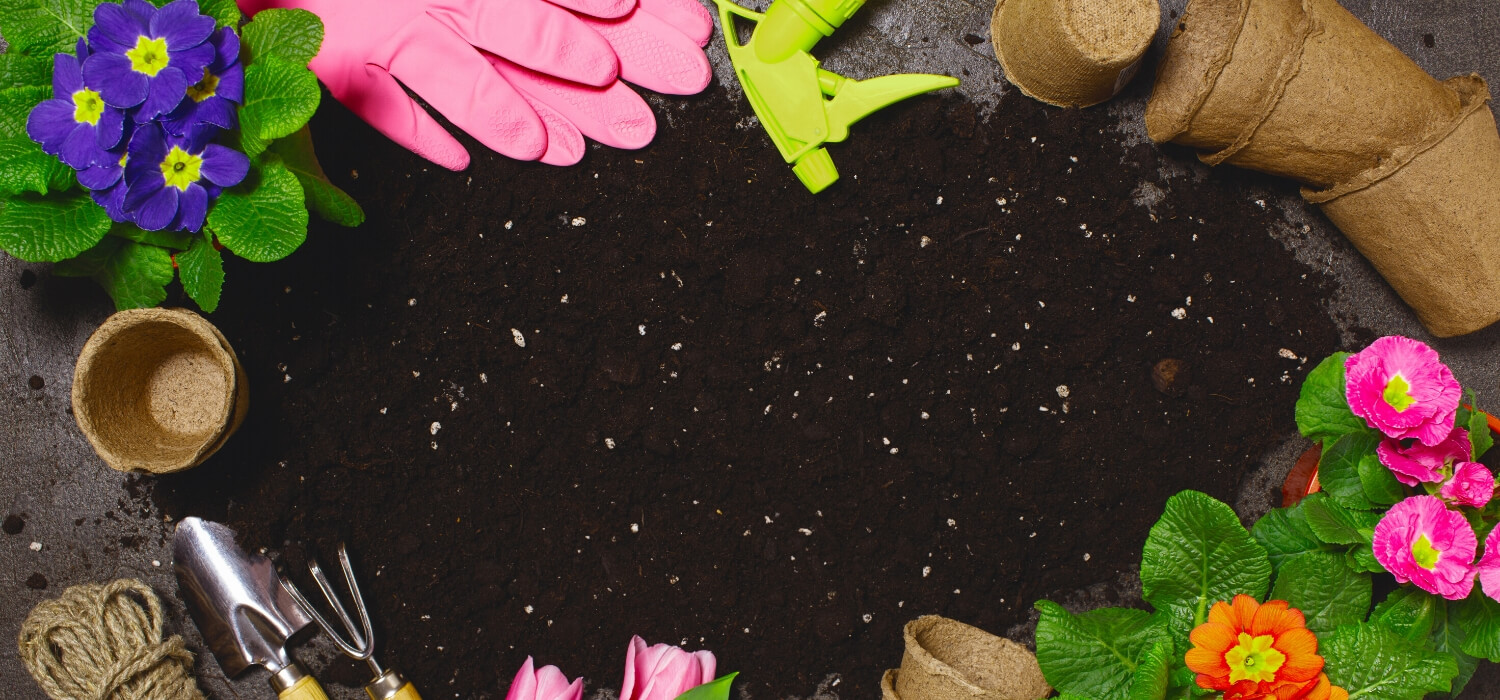
The right tools are one of the first things that you need to have when you are planning to start your garden. The tools you get will be determined by the plants that you are planning to grow. Some of the must-have gardening tools include:
Gloves
If you do not want to get your hands all dirty. Gardening soil can be tough to wash when they get under your fingernails. Gloves will also keep your hands safe from thorns and should also be a perfect size because ill-fitting gloves can cause blisters and they also slip off easily.
Water-resistant and breathable fabrics are the best for gloves so that your hands can stay cool they should also have longer cuffs so that your hands do not get any scratches.
Water Outlet
Every plant requires to grow and you need to have a water outlet as close to your garden as possible whether you will be using a hose or a watering can, which are some of the tools that you must have, for watering your plants. You can talk to your local plumber to install a water outlet for you if you do not have one.
Hoe
If you are planning to start a veggie garden, you need to get a wide sturdy hoe and perennial garden requires a thinner hoe. This tool will help you prepare the garden and seedbeds as well. The sharper the hoe the better.
Pruning shears
These are also called secateurs and they help to keep plants in shape. You can either get the bypass pruners which are better for live plants and greenwood or the anvil pruners which are good for deadwood.
Garden fork
This is a very efficient tool for turning the soil. They work better than spades. Forks with slight curves are best for scooping mulch or turning your compost piles and straight ones are good for digging.
Loppers
These are long-handled cutting tools that are used to trim hard to reach areas. They also come in anvil and bypass types just like pruners but are much heavier because of the longer handles.
Do not use them as pruning shears. If you are not planning to grow a big bush or shrub, then you need not get this tool.
Hand Trowel
This is a very handy tool that you will use to transplant your plants and herbs and you can also use it to take out weeds. Get a trowel that has a broad blade for transplanting and a narrow blade for digging up weeds. It should also be stainless steel so that it can last longer.
Other tools that you will need are a Spade, for digging holes, lifting soil mods, and dirt, a rake for collecting leaves and other debris, and a wheelbarrow to help move around soil, compost, or any other thing that requires lifting.
2. Get The Perfect Site

Find the perfect spot on your backyard to set up your kitchen garden. The perfect site should be where you can easily see so that you can notice any slight changes in your plants.
If you do not have a yard and still want to garden do not be shy to simply start a container garden wherever you like it to be. Containers are the best for apartment gardening.
There are many plants including flowers, fruits, trees, herbs, shrubs, and vegetables that you can grow out on a container. Make sure that your container is the right size for the plant that you want to grow.
Your container garden should also be near your back window, back door, especially if you use them often, or front porch so that you can follow through with your project. Home gardening thrives when you can constantly see your garden.
3. Good Soil and Drainage

If you are using a container you should make sure that it has good soil and drainage. This means you need to use a lot of compost.
Compost is also very important to yard gardens. Invest in soil that is rich in nutrients and is well-drained too.
Good compost is not hard to have in-home gardening because all you need to do is to save all of your food wastes like coffee grinds, apple cores, eggs shells, vegetables, and fruits peeling. You can use these wastes as your compost.
Make sure that your containers for your apartment gardening has holes at the bottom and line up the bottom with a layer of rocks so that the soil can breathe.
4. Follow the Sun and Get Proper Lighting
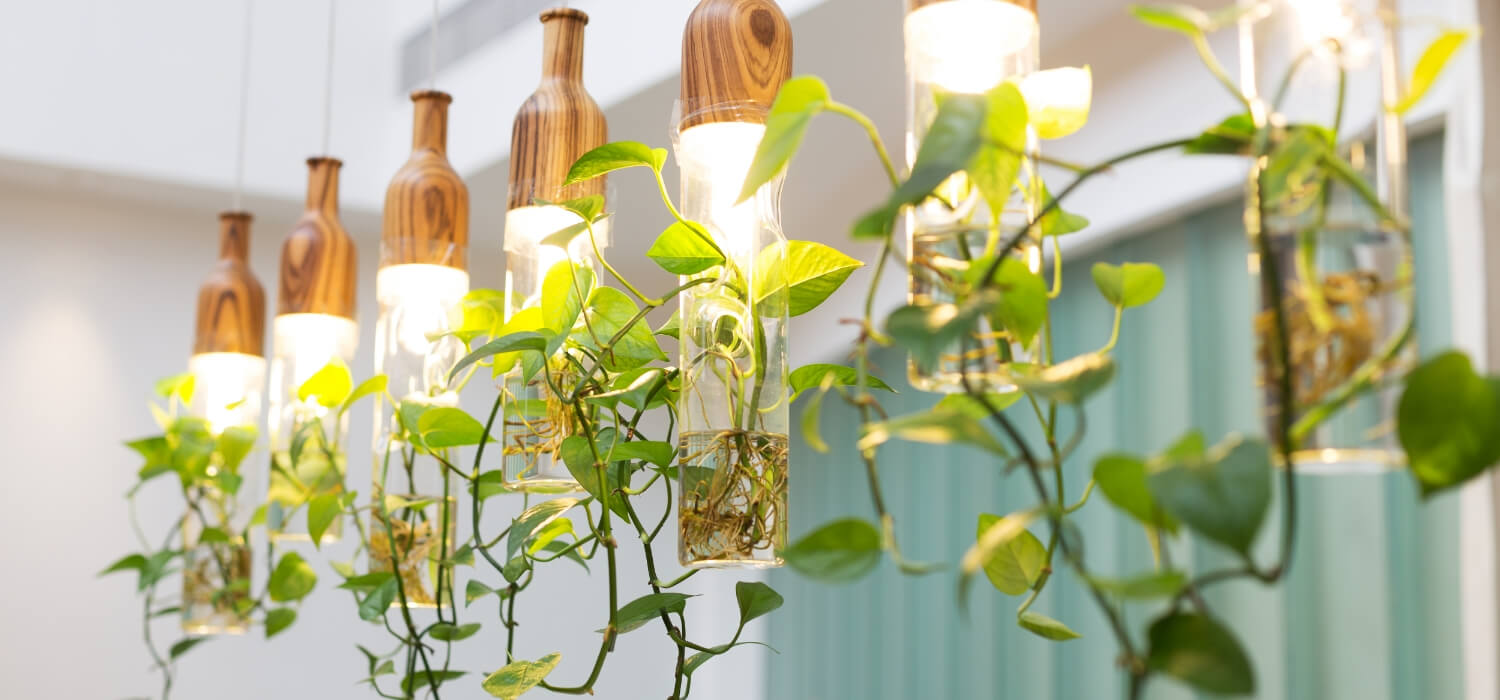
One of the very essential home gardening tips is following the sun or getting the proper lighting for your indoor garden. It is very easy to misjudge the sun when you are just getting into gardening.
Before choosing the perfect spot in your yard or where to place your containers, you need to pay close attention to how the sun behaves in your compound. Herbs, fruits, and vegetables require at least 6 hours of sun so that they can thrive and the location of your garden will determine how much sun they receive.
If you are planning to have an indoor garden, then you have to get the proper lighting for it. Good lighting can work just as well as the sun does. You need to work with a professional electrician to that you avoid any risks that come with handling electricity.
5. Choose The Right Plants

As a beginner, it is probably best to start with the easy way to grow plants so that you do not get discouraged along the way. You can start with some tomatoes, chard, onions, peppers, bush beans, and basil.
If you want to grow flowers you can try out some like petunia, foxglove, Black-eyed Susans, sunflowers, dahlias, and roses. Your local plant nursery can guide you to the hardy plants that are easy to maintain.
You should also plant the right type of plant at the right time. You can counter check the plants that can do well in your zone from the US governments’ plant hardiness zone map and once you have chosen the right plant for you.
Plant them only during the right season. You should also never plant too early or too late in the season, your timing should just be perfect.
Plants are different and you might get a plant that does not love the sun too much. You need to know all about the plant that you are intending to grow so that you can treat it as it deserves.
6. Another Best Home Gardening Tip Is to Go Organic
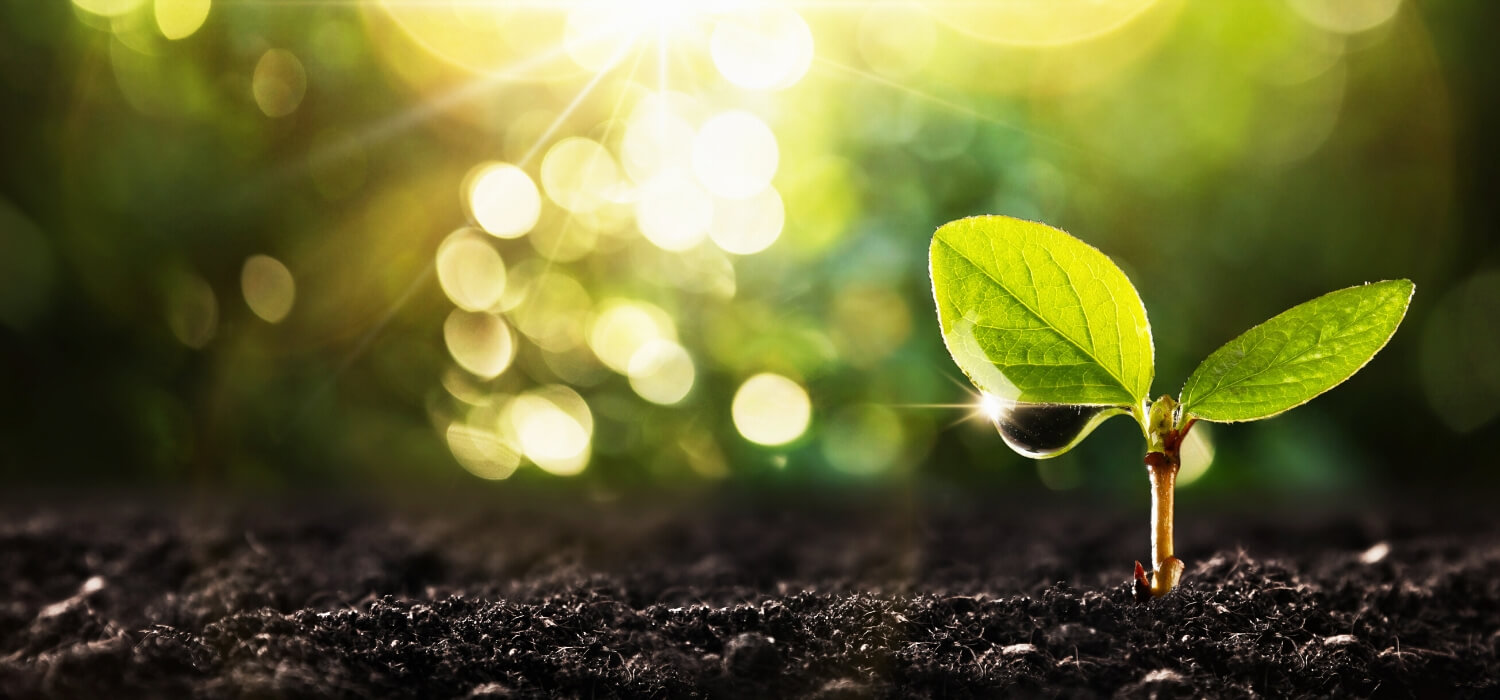
The world is going green and there is no reason why you should not adopt such practices either. Choosing to go organic is one of the best things that you can do to you, your family, and the environment as well.
Chemical-based fertilizer and pesticides are a leading cause of pollution in the environment. Plants that are grown using chemicals also become weak and are prone to diseases.
Organic crops also have higher levels of all the 21 nutrients. They have 27% vitamin C, 29% Magnesium, 21% iron, and 12% phosphorus more than in organic vegetables and fruits.
The best thing about going organic is that you will also be saving a lot of money because organic compost is cheaper if not free. There are several DIY pest control methods that you can use in your home garden that is not only safe but cheap too.
Remember going organic starts from your soil selection and your seed selection too. This means only buying from vendors who sell organic.
7. Space Your Plants
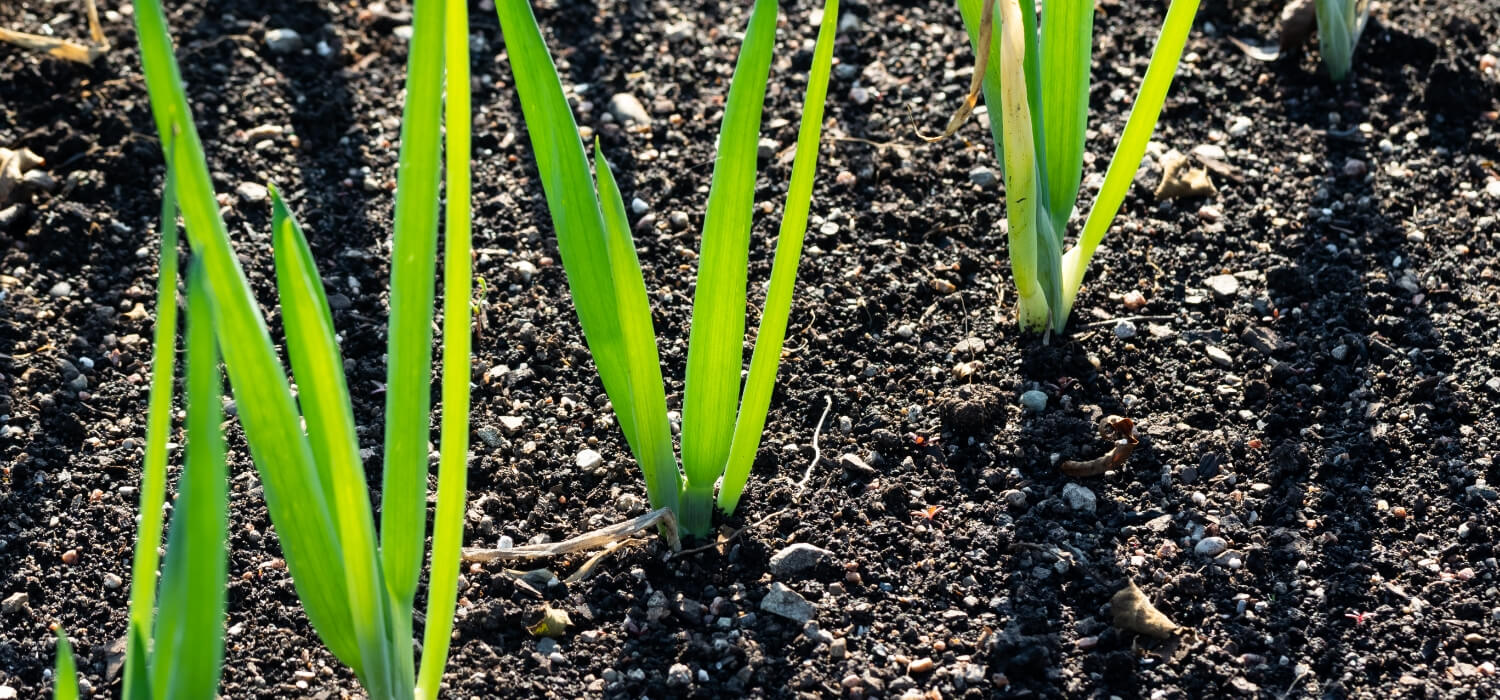
No matter how small or big your home garden is, do not try to use every inch of it for growing your plants. Planting too many plants in one place will lead to over-crowding and your plants will not do well when they are over-crowded.
Crowding also increases your chances of getting your leaves wet when watering and this promotes diseases. Each type of plant has its own spacing rule and you should follow the instructions when planting.
The same should also go for your container garden. Do not squeeze in two or more plants in one container, unless the container you are using is long and wide enough.
8. Add Some Mulch to Your Home Garden
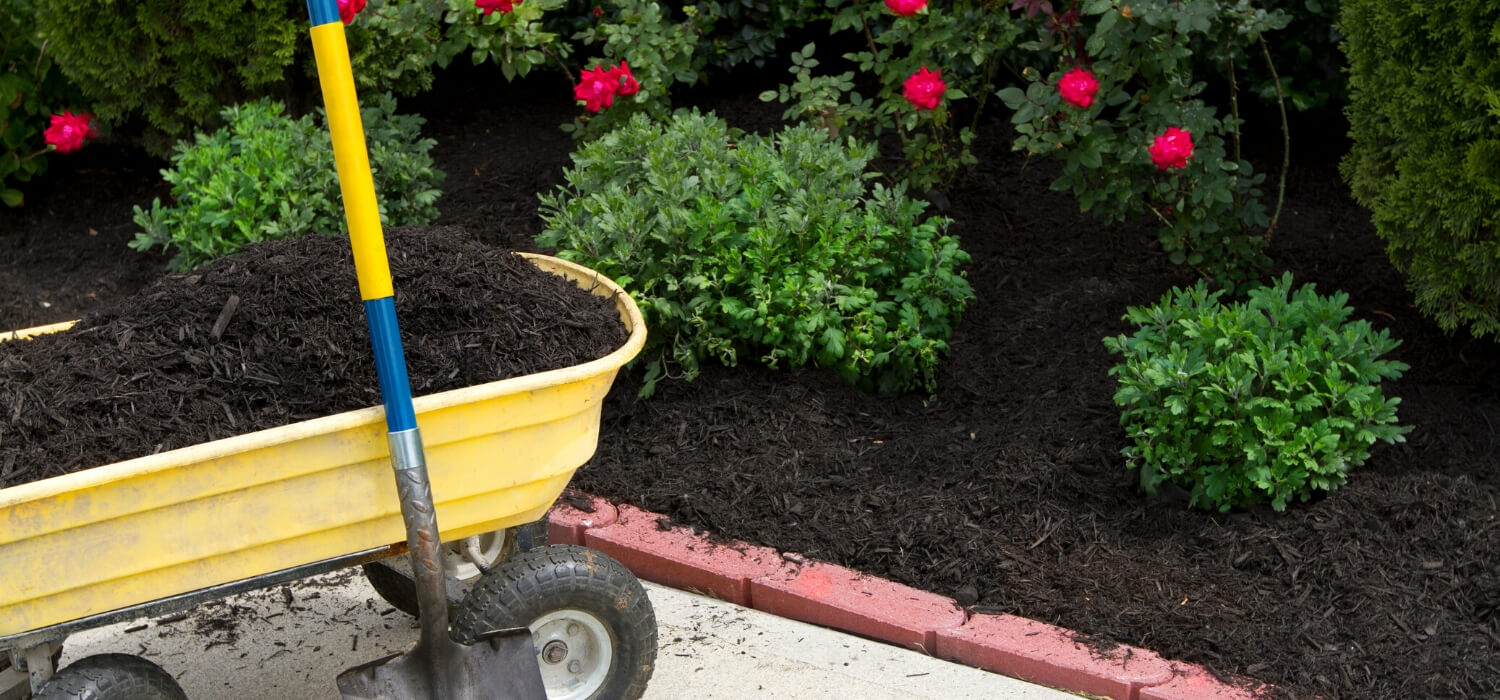
There are several types of mulch that you can choose from, again, only use organic mulch such as pine straws, wood chippings, shredded leaves, and grass clippings. Organic much are cheaper and add more value to your soil.
The layer of mulch should be at least 2 to 3 inches deep around your plants. There are several benefits of using mulch such as:
- They block out the sun and reduce moisture loss. You will be saving up on the water that you would have used on your plants if you have mulch in your vegetable garden
- Mulch makes the garden look attractive
- Organic mulch breaks down and improves o the health of the soil
- They help to control weeds
- Mulch also reduces winter injury
- They help to prevent soil erosion
- Using cedar, pinewood, and cypress chips as mulch also help to repel gnats, fleas, and ticks
You should also use mulch on your container garden too.
9. Water Your Plants Well

You should religiously water your plants, especially when they are just starting to grow. The general rule of the thumb as your plants grow is to give them an inch of water each week.
If your home garden is close to a water supply, this should not be a challenge at all. You can consider getting financing from your plumber to make sure that you have the water closer if you are short on cash.
When watering your plants, make sure that you do not get their leaves wet. Plants with wet leaves are very prone to rot, mold, and having a sick plant as it is just starting to grow can be very disappointing.
You can tell if your plants are thirsty by pushing your finger an inch into the soil, about a knuckle deep. If your finger is dry, then it is time to water.
10. Do Not Forget to Trim and Prune
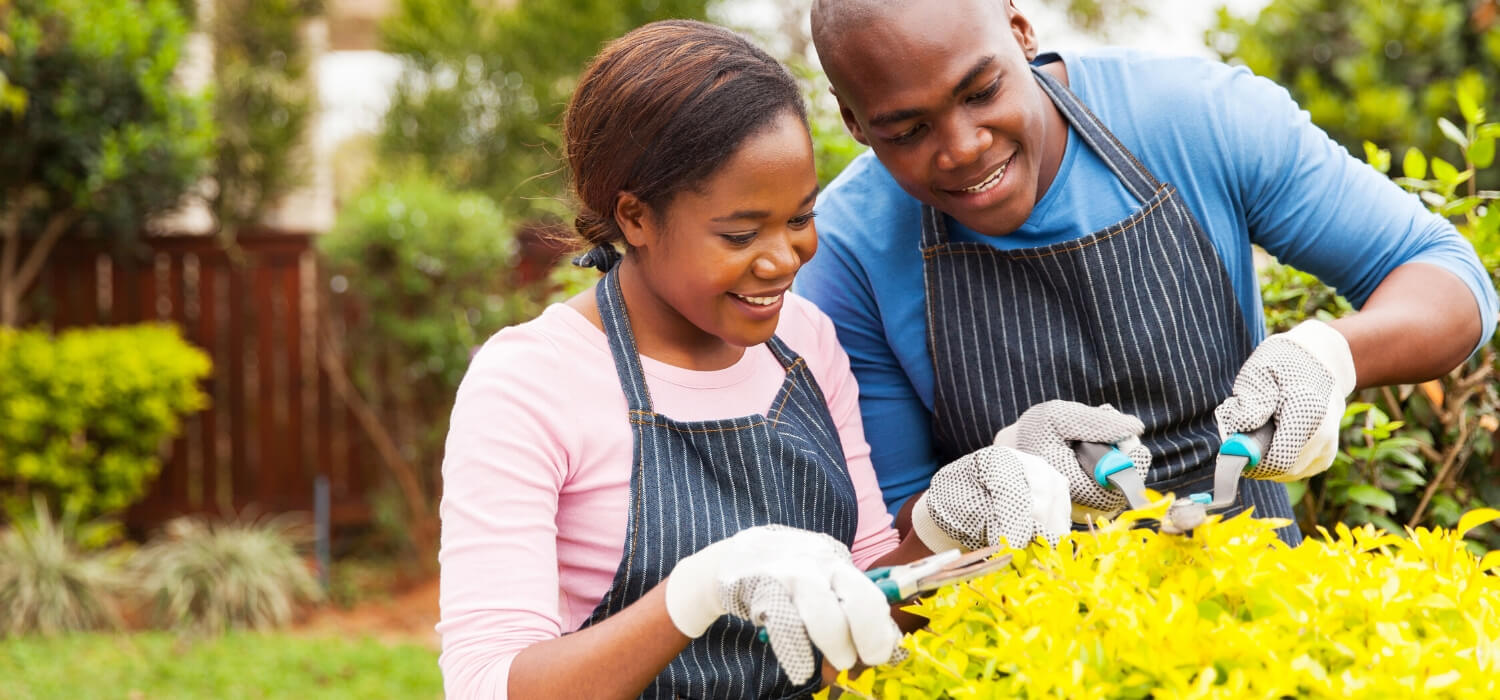
It can be nice to see all your plants looking all green and full, but this might also affect the quality of the produce or the plant life too. Once you have seen that your plants are bushy then it is time to take out your pruning shears and put them in good use.
Trimming helps to increase the air circulation in your garden. Removing the excess leaves will also decrease your chances of pouring water on the leaves too and you definitely don’t want that to happen.
Pruning and trimming are not for the yard garden only but you should also make sure that your container gardens are nicely trimmed and pruned.
Consider These Beginner Home Gardening Tips for Your First Garden
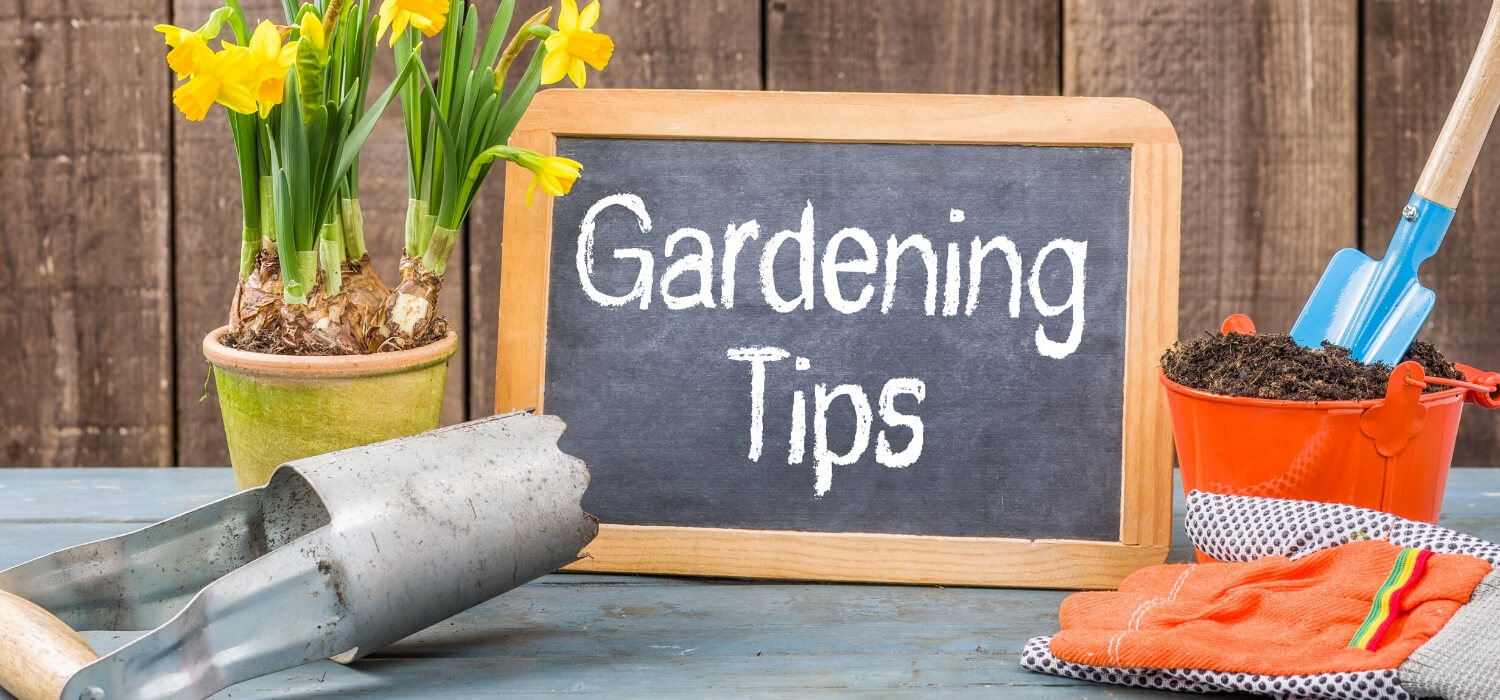
Home gardening does not have to be complicated. Having a nice kitchen garden or a flower garden is very possible if you follow these tips.
These home garden tips will help you create and maintain your first garden with ease. You will not need a professional gardener to help you set up.
We offer the best plumbing solutions for all your house and gardening needs as well. We focus on making the lives of our customers better and we will do the same for all your electrical and plumbing needs. Visit our website and check out our services pages for more information.
Feel free to contact us and book your appointment.
 Daily Promotion
Daily Promotion
0% Interest for 12 Months on Select New Tankless Water Heater
Purchase Select New Tankless Water Heater & Receive 0% Interest for 12 Months. Click below to see financing terms.
Get Promotion